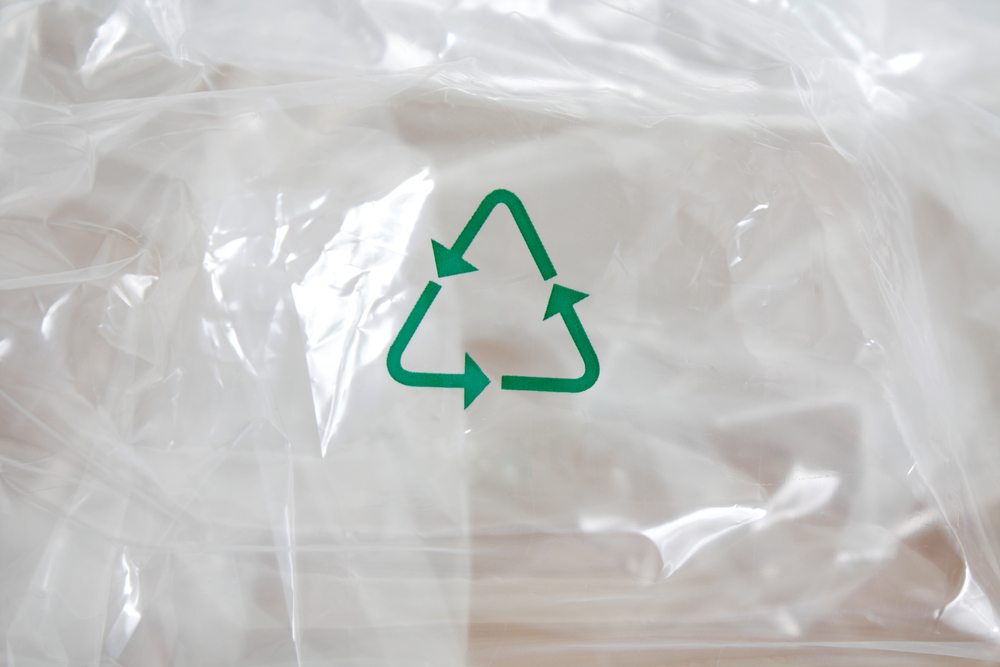
In a recent webinar, speakers from the Alliance of Mission-Based Recyclers explored possible solutions for film recycling. | Happy Stock Photo/Shutterstock
Members of the nonprofit Alliance of Mission-Based Recyclers discussed the increasing use of film plastics, and the difficulties in recycling them, in a recent webinar.
Formed in 2021, the alliance is composed of MRFs and recycling advocacy groups and has a history of advocacy for extended producer responsibility (EPR) legislation and promoting better recycling practices. Titled “Unrecyclable by Design — The Problem with Flexible & Film Plastic Packaging,” this month’s webinar highlighted the challenges of plastic film recycling, as research into the feasibility of recycling film in a single-stream recycling system.
The industry experts explored why film recycling has been so difficult to implement successfully, especially with existing equipment at MRFs. Plastic bags are not only difficult to autonomously sort from other recyclables, but can get tangled in other sorting systems and make simple plastic and paper sorting much more difficult. Speakers noted that these materials can also cause safety risks due to their flammability and the sharp tools used to untangle film from machinery.
In the alliance’s study, Eureka Recycling, a MRF operator in Minnesota and a member of the alliance, attempted for two to three months to process film in its single-stream facility by having two operators remove all plastic bags by hand before it reached the automated sorting system. The study found that hand sorting was much more effective and consistent in removing film plastics than automated optical sorters.
However, the study also found that while hand sorting made it easier to sort other recycling, disposing of film plastics is still more cost effective than recycling using either sorting method, as the market rates for these grades are too low to warrant the cost of recycling.
Miriam Holsinger, co-president of Eureka Recycling, concluded that film recycling is too difficult to be commercially viable, and the best solution to film plastics is to reduce its use in consumer products.
Holsinger said that Eureka’s recycled film buyers “actually can make plastic bags, but they get a lot more film than they need.” She continued, “While some of it certainly can be made into bags or lumber or other things that you hear about, really we just need to have less of this stuff in the first place.”
Lucy Mullany, national policy director for the alliance, discussed legislative solutions to address film plastics, including enacting EPR laws with ambitious and enforceable goals, prioritizing reuse, and avoiding solutions that the mission-based alliance maintains may do more harm than good, such as chemical recycling and film in single-stream collection.
Although they said reduction or elimination of film plastic is the ideal, speakers also noted that disposal fees and drop-off systems could be viable ways to encourage film plastic recycling and solve sorting challenges.

